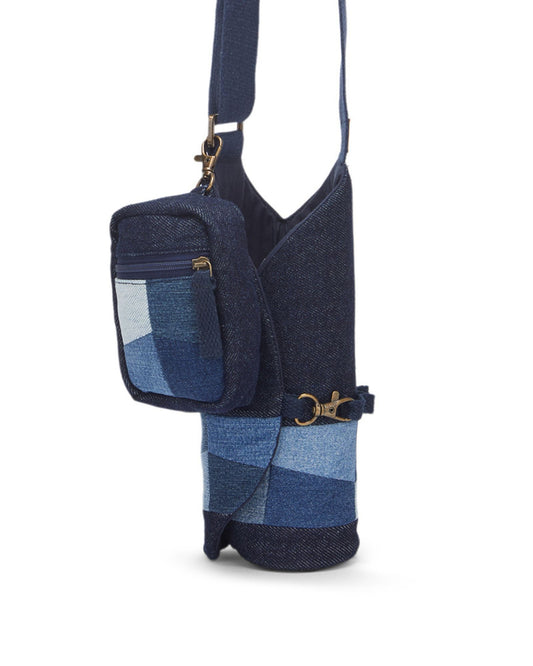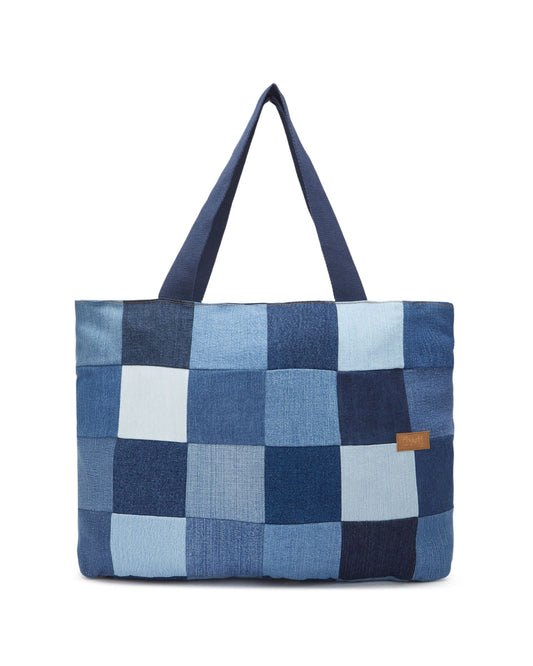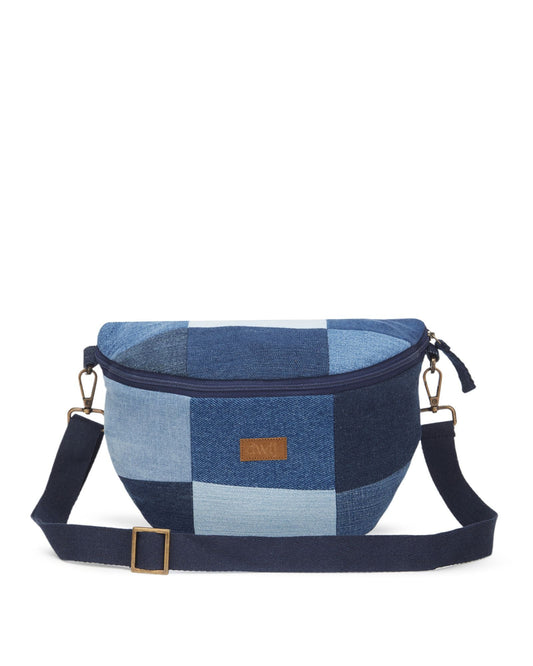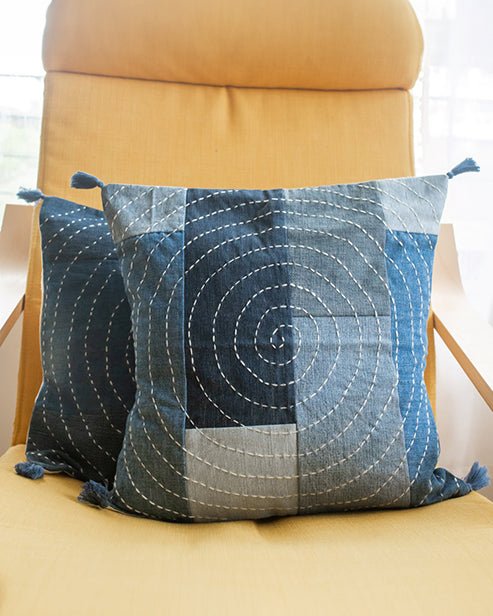How many of us appreciate the skill of the artisan who has made your bag or dress? Or, do we at least think about who would have actually made that product? Handmade products especially take a lot of skill and practice, before an artisan is able to make a good quality product.
Dwij in its blog post, Slavery and Fashion – Is there a connection? gave a perspective of the enslaving practices in the textile industry in today’s modern era too. Restricting the freedom of labor, sweat-shops, irregular and unfair payments could be happening right in your own neighborhood. The collapse of Rana Plaza building in Dhaka in 2013 killing 1134 garment workers, was an eye-opening event that brought global attention on this issue.

The major cause of low wages is the lack of transparency of any brand’s supply chain policy is the biggest issue. Majorly all brands manufacture their garments in a country with low/minimum wages through contractors and sub-contractors. Subcontracting is very common, and since sub-contractors do not form a part of the supply chain, there is generally a lack of control on its policies and practices. Many policies such as disclosure of supply chain, business practices, CSR activities etc. exclude sub-contractors. Overall, we see that companies are increasing the visibility of their supply chain, although the focus still lies mainly on the processing and garment manufacturing stages and few companies have achieved complete transparency.
To give an example of lack of transparency, many retailers commonly sell machine made products under a “handmade” label. We recently visited a silk saree weaving unit in a very popular saree hub of India. The artisan mentioned he could weave a maximum of 2-3 sarees per month, while a machine could roll out at least 10 times a month, and he admitted that only the people in the business can distinguish, but not the layman. The seller continues to use a “handmade” label, since it fetches them a higher margin.
On the other hand, when we interact with different manufacturers in the textile industry, the feedback we often receive is, "There is a shortage of tailors in Mumbai and nobody is willing to do this work." We face the issue of shortage of labor too. This indicates a big disconnect between the unemployment statistics and the ground reality. If we examine closely, the present-day youth wants to be educated, and need recognition. Although we are to believe that there are enough people in this country to work on anything, in light of various inhuman and unfair labor practices, an uneducated tailor would want his child to be educated and never join this industry. This is relevant not just in textiles but in other fields such as carpentry, masonry, plumbing etc. The labor force demands dignity and a living wage, and they deserve it too.

Dignity of labor exists to some extent in the formal sector, but it lags far behind in the informal sectors. Businesses are increasingly implementing local measures to ensure safe and secure work environments in the supply chain, e.g. by investing in training programs and support services. However, as production continues to shift across countries, more measures need to be put into place to secure the protection of human rights in those countries of the value chain.
Dignity of labor involves not just a safe working environment, but also providing equal opportunity to get promoted, eradicate gender-based payment practices, allow adequate rest and provide recreation activities too. Quality control does not necessarily apply to the product alone, it also involves the quality of life for the labor too. Based on the earnings of a normal worker, we realize that their living expenses such as home rent, food, clothing, traveling etc. take away most of their income. This leaves very little surplus for other needs such as entertainment, education, or skill development. Having health insurance is extremely rare. In times of health crisis, there is no other option than to borrow money. A research conducted by Deloitte Access Economics for Oxfam in Australia has revealed that a labor’s pay forms just 4% of the price of a piece of clothing. Even if big companies adopted living wages, Deloitte estimates that the price of the garment would increase by just 1% more. This indicates a serious lack of intent.
What must the brands do to achieve living wages?
- Make a credible commitment to pay gender neutral living wages by setting out time frames
- Be transparent in declaring the methodology to calculate a living wage benchmark
- Allow freedom of association to unions
- Working conditions must empower women workers
- Commit to stay with the contractors in the sourcing country when wages increase
What should the Governments do to achieve this?
- Make laws align in line with international labor standards
- Increase minimum wages to living wage levels by publishing the methodology to calculate a living wage benchmark
- Reward/ provide incentives for companies/businesses that provide living wages for their workers
- Facilitate & create awareness among the workers, support them to achieve living wages
What should a consumer check before making a purchase?
- Check if the brands have a policy to treat their workers well?
- Do they consider living wages as one of their pillars of business?
- Do they acknowledge the artisans’ intellectual property?
- Do they give safe & healthy working conditions whilst empowering the craftsmen and women?
- Do they help in reviving & protecting ancient or declining cultural crafts?
Most of the answers to these basic questions should be available on an open platform/social media pages to be able to make an informed decision.
A living wage involves addressing all such needs of a worker. It is time we pay attention to the dignity and living wage for a worker. It is also time we think about inclusive growth and not just earnings growth.





